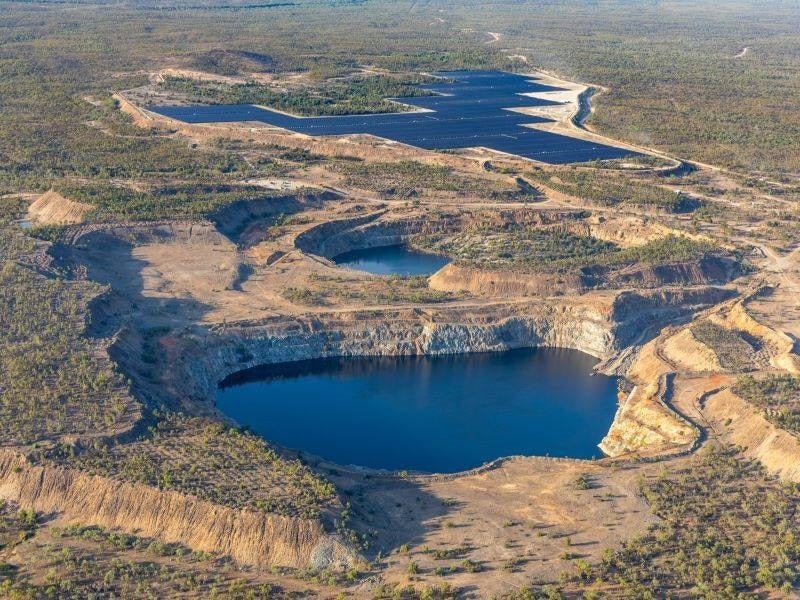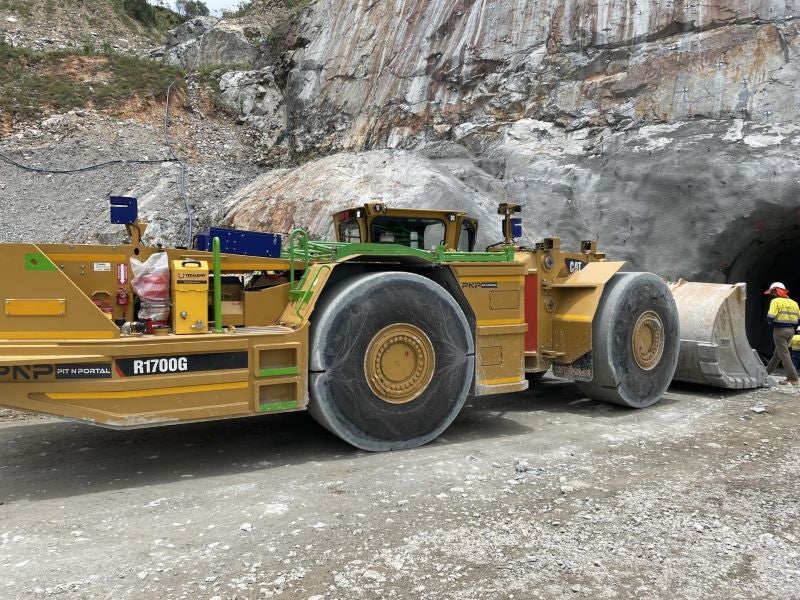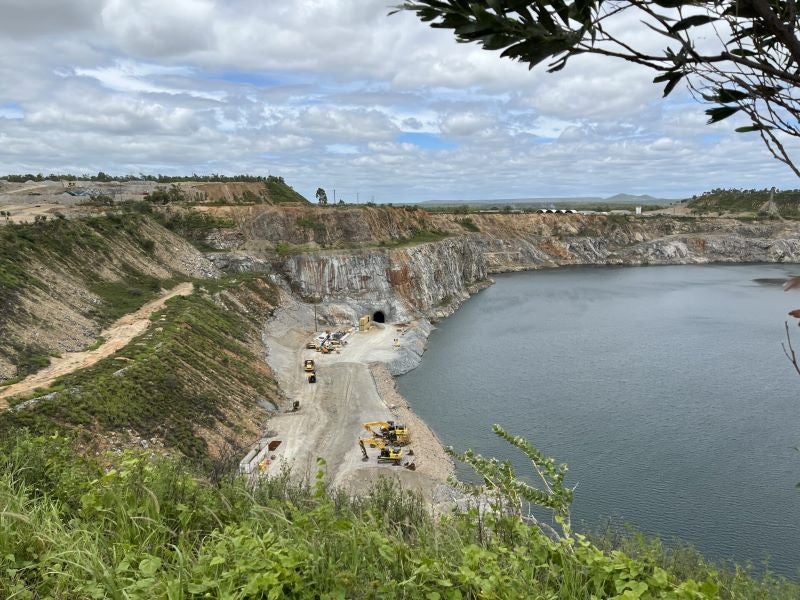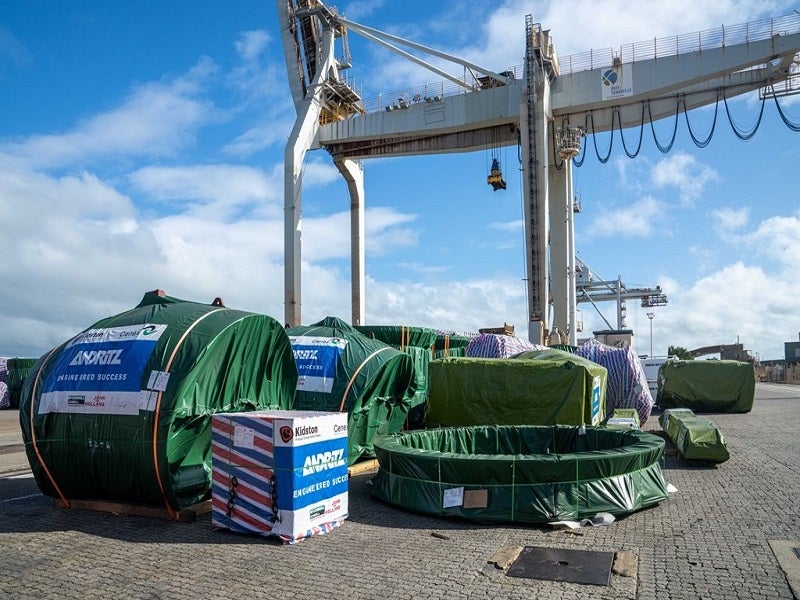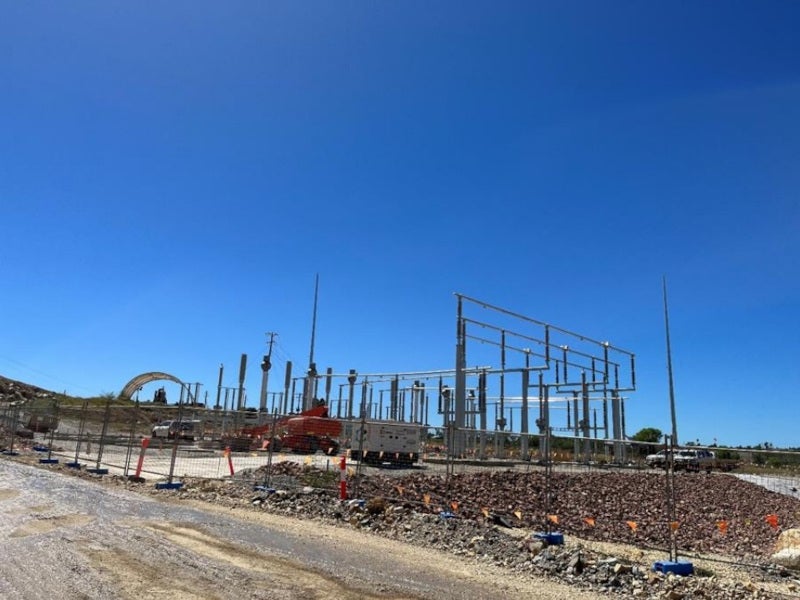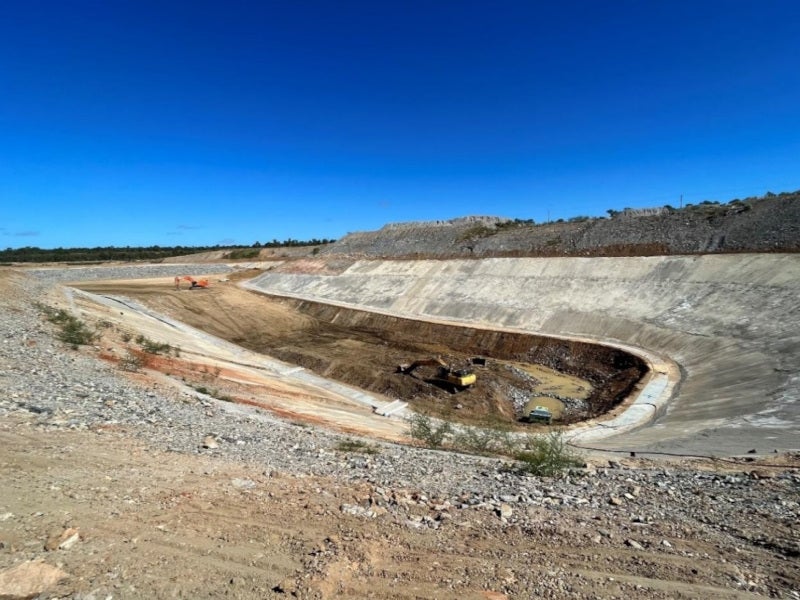The Kidston pumped storage hydro project (K2-Hydro) is a 250MW pumped storage power plant under construction in Queensland, Australia. It is Australia’s first pumped hydro storage project in more than 40 years and will be the country’s third-biggest electricity storage facility.
The project is being developed by Genex Power, a renewable energy generation and storage company based in Australia.
Construction of the K2H project commenced in 2021 and will be completed in 2024. Commissioning of the power plant is expected in the second half of 2024.
The project forms an important part of Genex Power’s Kidston Clean Energy Hub, an integrated solar, wind and hydroelectricity generation and storage hub being developed in stages.
The Kidston pumped storage facility will store and dispatch 2,000MWh of electricity each generation cycle. It will generate enough electricity to power 143,000 homes for at least six hours.
The project is expected to generate A$343m ($250m) in net public benefit to the local and national economy and create 900 jobs.
Kidston pumped storage hydro project location
The K2-Hydro project is being developed on the site of the historical Kidston gold mine in northern Queensland, Australia. The mine, which operated for more than 90 years, was closed in 2001.
The site is located 270km northwest of the city of Townsville. Two large adjacent pits at the abandoned mine site will be converted into the upper and lower reservoirs for pumped storage hydropower generation.
K2-Hydro project background
The former Kidston gold mine in northern Queensland was constructed and operated by Placer Dome, a global mining company acquired by Barrick Gold in 2006.
Genex acquired the mine from Barrick Gold in June 2014 as part of its plans to develop a clean energy hub, including a pumped storage hydropower station at the historical mine site.
A technical feasibility study for the K2-Hydro project was completed in November 2016, followed by an optimised technical feasibility study completed in October 2017.
In October 2022, the project received approval under the Environment Protection and Biodiversity Conservation Act 1999.
Project financing
Financial closure for the project was achieved in May 2021. The project is funded by a 15-year debt facility worth A$610m ($469.29m) from the Northern Australia Infrastructure Facility, a non-recoupable grant worth A$47m ($36.15m) from the Australian Renewable Energy Agency (ARENA), and an equity contribution of A$118.5m ($86.23m) from Genex.
Electric Power Development (J-POWER), a Japanese public utility company, invested A$25m ($19.39m) in Genex and acquired a 10% stake in the company in May 2021. The investment was used as part of Genex’s equity contribution to the project.
In December 2015, Genex secured a loan worth A$4m ($2.91m) from the federal government agency ARENA to complete a detailed feasibility study for the project. ARENA also provided a A$5m ($3.63m) loan to support pre-financial close activities.
Clean Energy Finance Corporation, a green bank owned by the Australian government, is providing A$54m ($42m) in debt finance to the project.
The Queensland government is investing A$147m ($100m) in transmission infrastructure, which will connect a 186km long transmission line from Kidston to Mount Fox near Ingham.
In June 2023, Genex signed a corporate loan facility agreement with J-Power for a loan facility of A$35m ($23m) to provide standby funding for the project.
Kidston pumped storage reservoir details
The pumped storage hydro project will utilise the Wises pit, a shallow but broad water body, as the upper reservoir. The Eldridge pit, which is 320m deep, was chosen as the lower reservoir as it currently holds most of the 27 gigalitres (GL) of water located within the scheme.
The Wises Pit walls will be broadened and reinforced to create a large, relatively shallow dam using existing waste rock dumps at the site. The dam will feature a high-density polyethylene liner as a cost-effective seal.
The upper reservoir will be connected to an underground powerhouse through two concrete-lined vertical pressure tunnels with a vertical drop of 251m. Two 340m-long concrete-lined horizontal pressure tunnels will connect the powerhouse to the lower reservoir.
K2-Hydro power plant make-up
The underground powerhouse of the pumped storage project will be built inside a cavern measuring 90m long, 17.5m wide and 45m high.
It will be installed with two 125MW reversible pump Francis turbine units, two main inlet valves, two 275kV step-up transformers and two draft tube gates. The turbines will be designed to operate at a gross water head of 222.6m.
A decline portal, measuring 1.5km in length, will be used to access the underground powerhouse.
Excavation of the powerhouse’s cavern roof was completed in May 2023.
Power transmission
The K-2 Hydro project will supply electricity to Australia’s National Electricity Market through a new 275kV transmission line.
The transmission system will require a new 275kV substation at Mount Fox on the existing 275kV transmission network between Ross and Chalumbin. A new 186km-long, 275kV single-circuit twin phosphorous transmission line will be constructed to connect the Kidston substation to the Mount Fox substation.
Power offtake agreement
EnergyAustralia will offtake electricity from the Kidston pumped storage hydropower project under an energy storage services agreement signed with Genex in March 2020. The agreement is for ten years, with options to extend it for 30 years through two further ten-year extensions.
EnergyAustralia will receive full operational and dispatch rights over the project. According to the agreement, Genex will receive a fixed annual rental payment, which will increase over the term.
EnergyAustralia will have the option to acquire the project for a fixed cash payment upon completion of the 30-year term.
Australia-based global law firm Ashurst advised EnergyAustralia on the negotiation and execution of the offtake agreement with Genex.
Contractors involved
Power and water consulting company Entura was appointed as the owner’s engineering consultant for the project. It completed a feasibility study in 2016, which was further optimised by Mott Macdonald, an engineering, management and development consultancy, in October 2017.
A joint venture (JV) between McConnell Dowell, a construction company, and John Holland, an infrastructure and engineering company, was contracted to provide engineering, procurement and construction services for the project.
Professional services company, GHD, in partnership with Mott MacDonald, was engaged to deliver detailed design services to the McConnell Dowell-John Holland JV.
Beon Energy Solutions, an energy solutions provider, was awarded the design and build contract to perform the surface infrastructure works, including grid connection and substation works.
Andritz Hydro, an electromechanical systems and services supplier based in Austria, was contracted to design, manufacture, supply and commission the two reversible pump turbine units of the plant in April 2021. Andritz is also providing operation and maintenance services for the power units.
Network utility provider Powerlink was engaged for the construction of a new transmission line between the K2-Hydro project and the main grid.
Engineering firm AECOM prepared the initial advice statement (IAS) for the project for Genex.
Consultancy services provider WSP worked as an independent certifier on the Kidston pumped storage hydro project.

